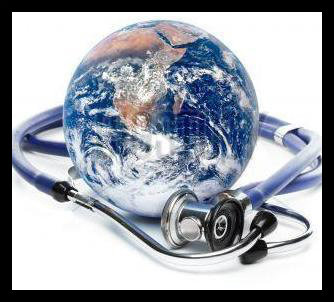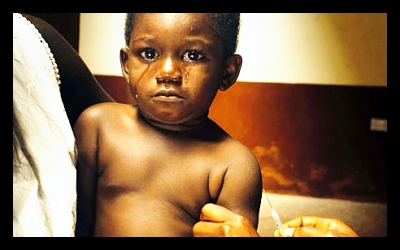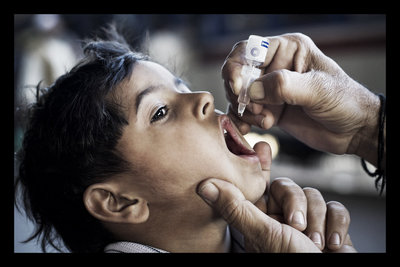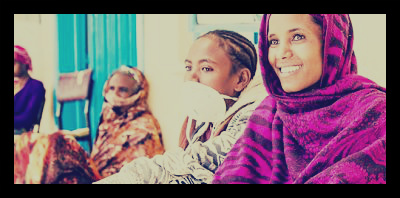
Interested in global health? Check out this list of global health blogs!
1. http://blogs.plos.org/globalhealth/
PLOS Blogs covers a wide range of science and health topics but has a particular blog devoted to global health. Their Translational Global Health blog gathers knowledge and blogs from emerging knowledge leaders around the world. Most recently they highlighted the TEDMED 2013 conference. This blog is full of interesting information and is updated regularly which is why it took a spot on the top 10 list.
2. http://www.cgdev.org//globalhealth
The Center for Global Development has a blog specifically dedicated to Global Health Policy. Writers post on issues related to global health policy and changes going on within that arena. The articles are relevant and contain solid, evidence-based research and topics.
3. http://www.who.int/mediacentre/en/
This is the media center for the World Health Organization. While not exactly a blog in the truest sense of the word, the media center offers news, events, features, stories, and resources on world health. It is comprehensive and contains a wealth of knowledge on global health which is why it made the list.
4. http://blogs.cdc.gov/global/
The official CDC blog contains all things related to global health. The blog has a nice list of categories on the side and provides interesting and relevant information for the public relating to global health. The CDC blog is a well-rounded source of global health information and resources.
5. http://capsules.kaiserhealthnews.org/
The Henry J. Kaiser Family Foundation is another excellent resource for world health. They work through advocacy and policy to help change global health. Within their health news section, they have a blog with short posts on news and events in both national and global health.
6. http://ghcorps.org/fellows/blog/
The Global Health Corps works with activists and leaders under the common vision that health is a human right. Fellows in the program work all over the world in various global health fields and blog about their experiences. The blog provides both information and a personal component highlighting the experience of the fellows as they work in global healthcare.
7. http://www.publichealthnewswire.org/
The American Public Health Association blog was chosen for its focus on advocacy and change. While the focus on global health is small, the organization has some great tips on advocating for change and activities one can do to get involved in advocacy and policy change.
8. http://www.unfoundation.org/blog/
The United Nations Foundation plays a significant role in global health. From eradicating polio to providing mosquito nets, the UN works hard in the arena of global health. The blog is not especially focused on global health but covers an array of UN topics. It can be narrowed down to global health topics and is a great resource for global development in general.
9. http://globalhealtheducation.org/SitePages/Home.aspx
The Global Health Education Consortium made the list because of the extensive list of resources available to educators. The resources tab under the home pages has units, PowerPoint presentations, and handouts on global health geared towards the classroom. It is a great place to get students started in advocacy and awareness of global health issues and ways to get involved in global action.
10. http://www.ghi.gov/
Closing out the Top 10 list is the U.S. Global Health Initiative blog. The GHI works to engage in global health through strategic engagement with foreign countries. Sustainability is key in the programs the GHI funds as well as the overall impact on global health. The blog provides updates on key programs and initiatives as well as news relating to global health.
– Amanda Kloeppel
Photo: Twitter







 For many families, the simple act of heating their apartment or preparing a cooked meal can result in long-term health consequences ranging from respiratory infections to lung cancer. In an effort to combat the effects of indoor air pollution, the World Health Organization (WHO) is promoting a policy of greater awareness and education on the dangers of certain biomass fuels.
For many families, the simple act of heating their apartment or preparing a cooked meal can result in long-term health consequences ranging from respiratory infections to lung cancer. In an effort to combat the effects of indoor air pollution, the World Health Organization (WHO) is promoting a policy of greater awareness and education on the dangers of certain biomass fuels.
